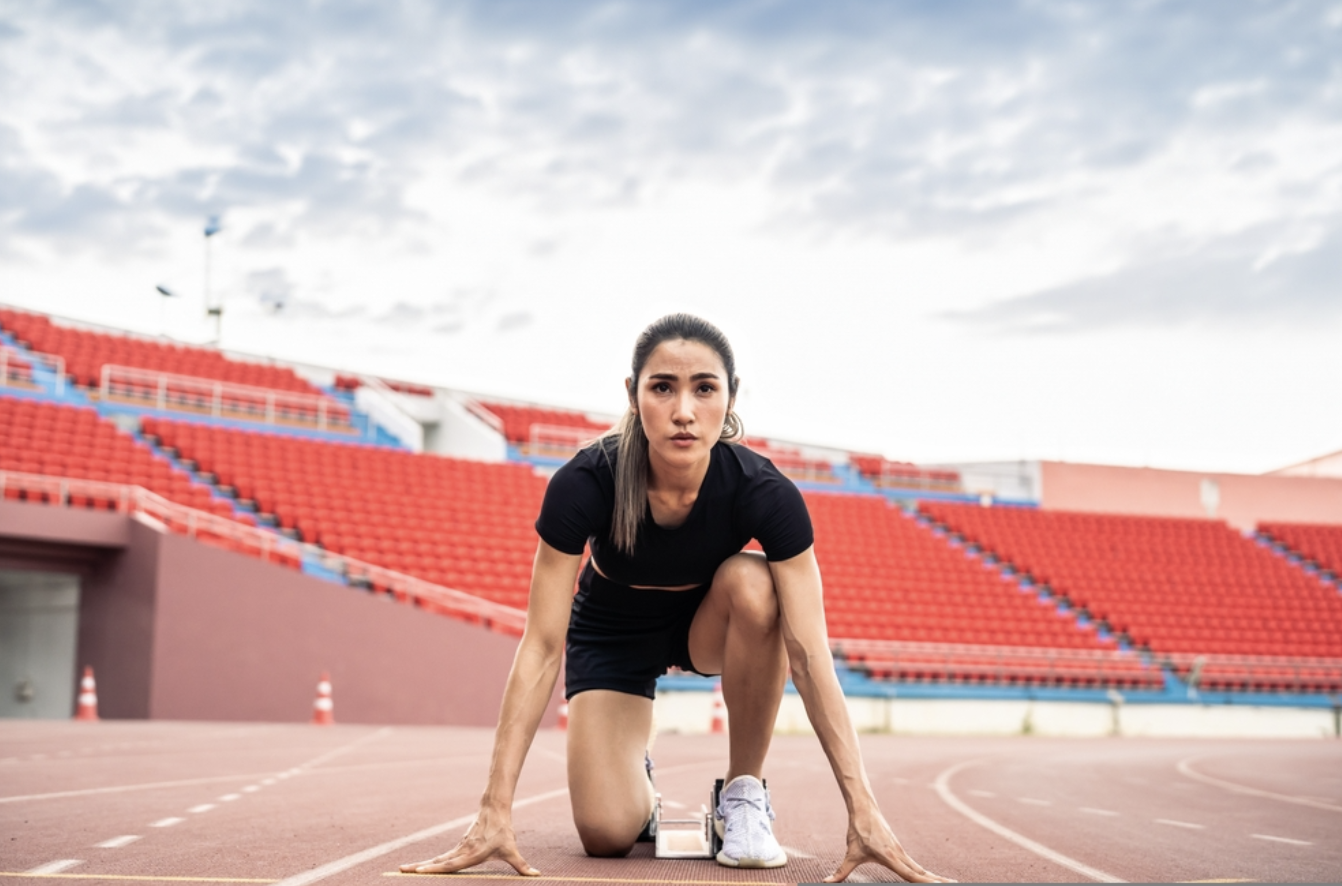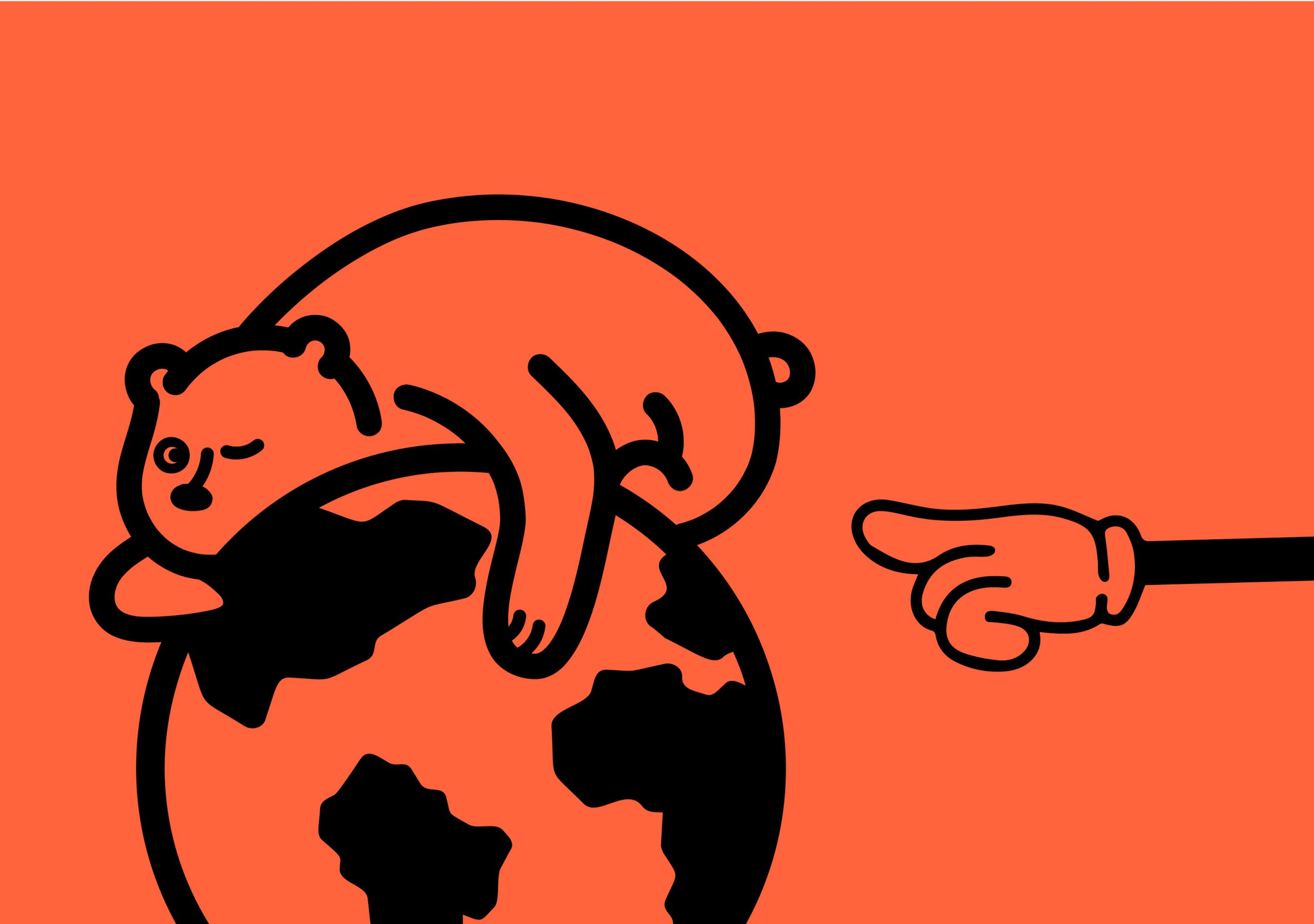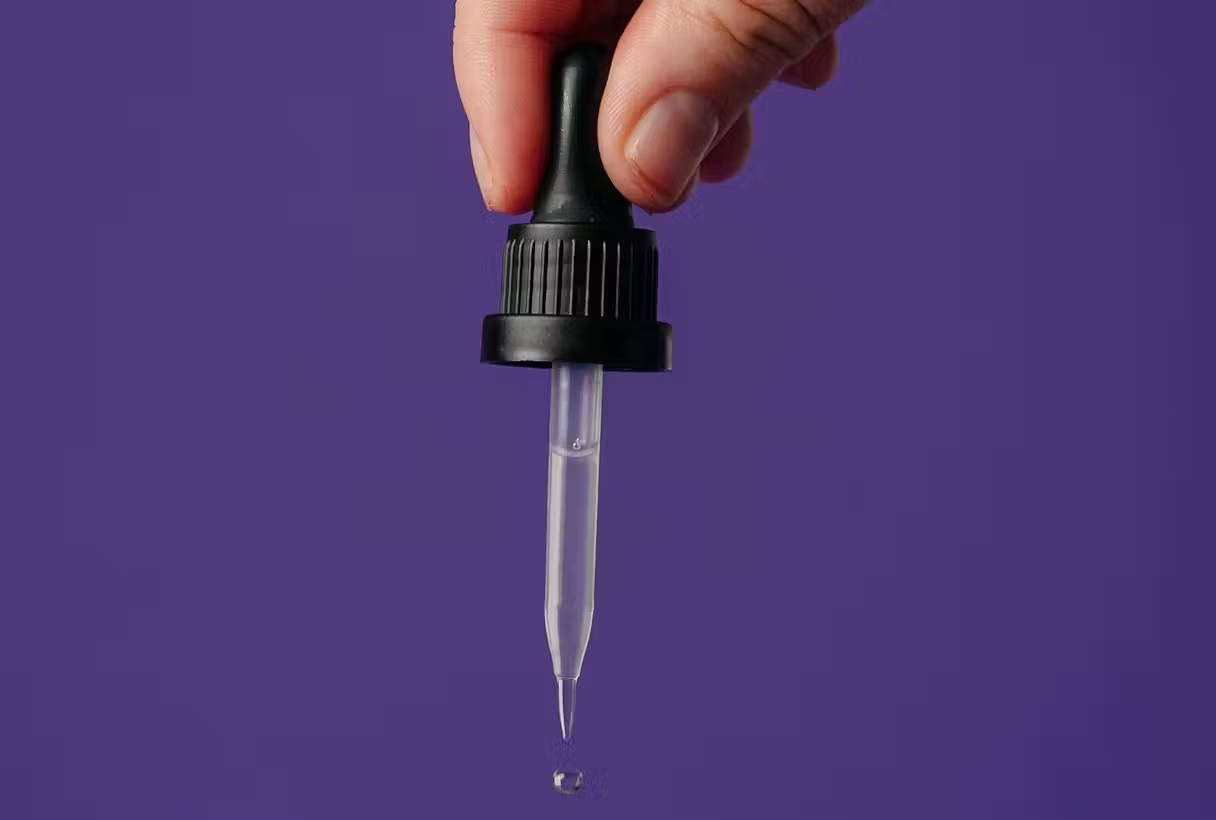PUBLISHED
May 30, 2024
WORDS
Mary Min
What does gender parity at the 2024 Olympics mean for marketers?
Paris 2024 will be the first ever Olympics to achieve gender parity. For every sport at the games, there will be the same number of male and female athletes participating.
This will make Paris 2024 the biggest gender equal sporting event in history.
Not only will this be a moment for the history books but it will be a great opportunity for brands working hard towards gender equality to join a global conversation, celebrate the moment and showcase leadership in this space.
Revolt senior strategist Mary Min asks what this will mean for brands and marketers looking to make the most of the opportunity?
The International Olympic Committee – in partnership with the Olympic Movements Stakeholders – have led the plans for gender parity at the Paris games. But this follows a lot of very important work done by all the various grassroots organisations, athletes, teams, and brands that have been pushing the gender equality agenda in sport for many years.
It’s important to recognise the progress that’s been made in gender equality in sport and in raising the profile of women’s sport in general.
The FA has reported that 2.3 million more women and girls are now playing football after England’s success at the Women’s Euro 2022. And during T20 at Lord’s last year, TV viewership of the Women’s Ashes peaked at 795,000.
But despite these great strides, women still don’t have an equal playing field in sport. Brands looking to align themselves with gender equality at Paris 2024 – and those taking up the mantle beyond the Olympic games – can help to overcome three key barriers…
This will make Paris 2024 the biggest gender equal sporting event in history.
Not only will this be a moment for the history books but it will be a great opportunity for brands working hard towards gender equality to join a global conversation, celebrate the moment and showcase leadership in this space.
Revolt senior strategist Mary Min asks what this will mean for brands and marketers looking to make the most of the opportunity?
The International Olympic Committee – in partnership with the Olympic Movements Stakeholders – have led the plans for gender parity at the Paris games. But this follows a lot of very important work done by all the various grassroots organisations, athletes, teams, and brands that have been pushing the gender equality agenda in sport for many years.
It’s important to recognise the progress that’s been made in gender equality in sport and in raising the profile of women’s sport in general.
The FA has reported that 2.3 million more women and girls are now playing football after England’s success at the Women’s Euro 2022. And during T20 at Lord’s last year, TV viewership of the Women’s Ashes peaked at 795,000.
But despite these great strides, women still don’t have an equal playing field in sport. Brands looking to align themselves with gender equality at Paris 2024 – and those taking up the mantle beyond the Olympic games – can help to overcome three key barriers…

The gender pay gap
We see the starkest gender pay gap in football. The average yearly salary of a male footballer who plays for a top-league club in the UK is £2.8 million, compared with just £30k for an equivalent female footballer playing in the Women’s’ Super League. In basketball, the average salary of a female WNBA player is 110 times less that of a male NBA player.
Because of the disparities in pay, female athletes rely heavily on off-field endorsements. But these only account for 0.4% of all sports sponsorships. This shows how brands have been complicit in maintaining the status quo of the gender pay gap in sport.
Even at the most elite athlete level, only two females – Naomi Osaka and Serena Williams – appeared in Forbes 2021 top 50 highest-paid athletes.
There is still a lot of work to be done to address the gender pay gap, but brands are starting to get involved. In 2019, after the US won at the Women’s World Cup, Budweiser announced it would become the first official beer sponsor of the US National Women’s Soccer League with a goal to address the shocking gender pay gap in sport.
The beer brand focused specifically on the disparity in sponsorship with its first campaign, which saw it creating unbranded, ‘placeholder’ products for the major sponsorship categories in sport, including restaurants, deodorants and eyewear.
Budweiser then promoted these placeholder products as if they were real, inviting other brands to become sponsors of the NWSL.
As a result, six new brands joined the official sponsors, which increased the salary cap by 19.3%.
Because of the disparities in pay, female athletes rely heavily on off-field endorsements. But these only account for 0.4% of all sports sponsorships. This shows how brands have been complicit in maintaining the status quo of the gender pay gap in sport.
Even at the most elite athlete level, only two females – Naomi Osaka and Serena Williams – appeared in Forbes 2021 top 50 highest-paid athletes.
There is still a lot of work to be done to address the gender pay gap, but brands are starting to get involved. In 2019, after the US won at the Women’s World Cup, Budweiser announced it would become the first official beer sponsor of the US National Women’s Soccer League with a goal to address the shocking gender pay gap in sport.
The beer brand focused specifically on the disparity in sponsorship with its first campaign, which saw it creating unbranded, ‘placeholder’ products for the major sponsorship categories in sport, including restaurants, deodorants and eyewear.
Budweiser then promoted these placeholder products as if they were real, inviting other brands to become sponsors of the NWSL.
As a result, six new brands joined the official sponsors, which increased the salary cap by 19.3%.
The lack of sport support
Women still face a marked lack of support and consideration in sport. For example, a lot of sport apparel is still not being designed with women’s physique in mind. A staggering 40% of elite female athletes have reported breast pain, with many of them opting to wear two bras to combat this.
Just last month, Nike revealed the kits that will be worn by the US track and field team at the 2024 Olympics, only to be called out for their very high-cut pantyline and skimpiness. US steeplechaser Colleen Quigley commented: “Our bodies are all different and it seems silly to expect us to compete at the highest level of our sport without a properly fit uniform.”
But some brands are getting this right. Adidas APAC found that 92% of women find it difficult to focus on their workout when their apparel doesn’t fit properly. So they consulted with women to create their spring summer 23 bras and leggings collection – featuring the widest range of sizes to date and launching with a retreat attended by 100 sports women trying out the collection.
The #BeSupportedBeYouRetreat was a three-day event, which incorporated mental, physical and spiritual activities. It aimed to support women in sport on their journey of self-discovery and progress, and demonstrated what brands could be doing in this space.
Just last month, Nike revealed the kits that will be worn by the US track and field team at the 2024 Olympics, only to be called out for their very high-cut pantyline and skimpiness. US steeplechaser Colleen Quigley commented: “Our bodies are all different and it seems silly to expect us to compete at the highest level of our sport without a properly fit uniform.”
But some brands are getting this right. Adidas APAC found that 92% of women find it difficult to focus on their workout when their apparel doesn’t fit properly. So they consulted with women to create their spring summer 23 bras and leggings collection – featuring the widest range of sizes to date and launching with a retreat attended by 100 sports women trying out the collection.
The #BeSupportedBeYouRetreat was a three-day event, which incorporated mental, physical and spiritual activities. It aimed to support women in sport on their journey of self-discovery and progress, and demonstrated what brands could be doing in this space.
The lack of representation
In the US, by age 14, many girls are dropping out of sports at two times the rate of boys. We see this reflected in the lack of female leadership in sport, where only 13% of coaches at Tokyo 2020 were female.
And it’s mirrored by the lack of media coverage of women’s sport – only 5% of sports coverage in national and local print media is dedicated to women’s sport.
All of this goes hand-in-hand with a lack of research in fitness and health in women’s sport. Questions have been asked about why female footballers are six times more likely to suffer an ACL injury and why there is so little understanding of this.
One brand that’s tackling perception-based challenges in women’s sport is Under Armour. As part of its mission to make sport more accessible for women, one of its campaigns highlights the obstacles that female athletes have had to overcome to realise their success.
The four-part series features the likes of volleyball player Jordan Thomspon who started a volleyball camp for girls.
While it’s exciting that we are on track this summer to achieving gender parity, we must be mindful of the work that still needs to be done. Girls are still dropping out of sports early on, there’s a lack of understanding when it comes to fitness in women’s sport – and women’s health in general – and stereotypes still need to be challenged.
If we aren’t actively committed, we could easily slip backwards. And that’s where brands can step in to celebrate the milestone at Paris 2024 and to continue to actively challenge the sporting status quo.
And it’s mirrored by the lack of media coverage of women’s sport – only 5% of sports coverage in national and local print media is dedicated to women’s sport.
All of this goes hand-in-hand with a lack of research in fitness and health in women’s sport. Questions have been asked about why female footballers are six times more likely to suffer an ACL injury and why there is so little understanding of this.
One brand that’s tackling perception-based challenges in women’s sport is Under Armour. As part of its mission to make sport more accessible for women, one of its campaigns highlights the obstacles that female athletes have had to overcome to realise their success.
The four-part series features the likes of volleyball player Jordan Thomspon who started a volleyball camp for girls.
While it’s exciting that we are on track this summer to achieving gender parity, we must be mindful of the work that still needs to be done. Girls are still dropping out of sports early on, there’s a lack of understanding when it comes to fitness in women’s sport – and women’s health in general – and stereotypes still need to be challenged.
If we aren’t actively committed, we could easily slip backwards. And that’s where brands can step in to celebrate the milestone at Paris 2024 and to continue to actively challenge the sporting status quo.
Related
Your Cookie Settings
By clicking 'Accept All Cookies', you agree to the storing of cookies on your device to enhance site navigation, analyse site usage, and assist in our marketing efforts.


